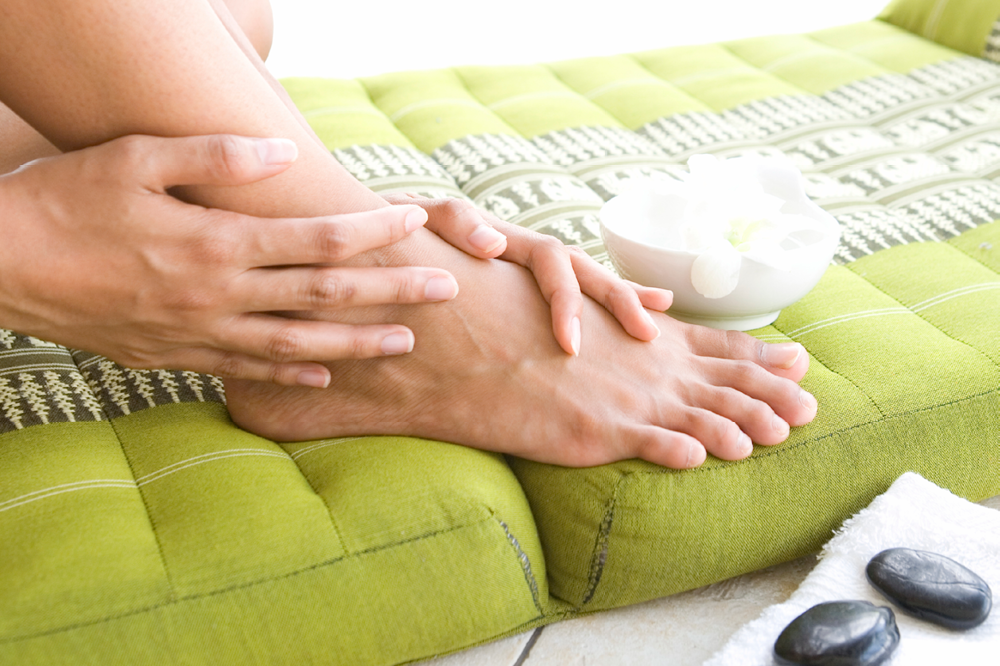Foot pain affects virtually everybody at some point in their lives, but those who suffer from ongoing ailments like bunions, corns, plantar fasciitis, heel spurs and neuromas are particularly in need of pain relief. These problems not only cause extreme discomfort, they can limit a person’s range of motion and ability to live a normal life. Fortunately for everyone who suffers from these sometimes debilitating ailments, studies have shown that acupuncture can help relieve pain and in some cases return the feet back to normal working condition.
How Does Acupuncture Work?
Nothing to be scared of (and in fact becoming more and more common in the medical field each day), acupuncture is an alternative medicine therapy that involves inserting hair-thin needles into the body at certain “meridian” points in order to relieve pain, treat body disorders, and clear life energy blockages so as to restore the body’s yin and yang. Virtually painless when done by a certified professional, acupuncture has the ability to ease discomfort by affecting hormone levels, the immune system and neurotransmitters in the body.
Furthermore, electoacupuncture — which is when a small current of electricity is passed between two acupuncture needles — has the ability to reduce inflammation as well as increase blood flow to the foot, ankle and lower leg.

Who Should Try Acupuncture?
When standard treatments like ice, topical creams, physical therapy and medication don’t seem to be improving foot problems and pain — or if you have an aversion to taking medication and would like to try a more natural treatment method — acupuncture is an option worth exploring. Studies have shown that regular acupuncture sessions have had the ability to decrease chronic pain in patients by 50%. And the sessions come with far less potential for side effects and other complications associated with the use of medicine.
How Do I Find an Acupuncturist?
To find a trusted and trained acupuncturist, you can try searching at the National Certification for Acupuncture and Oriental Medicine. Recommendations from family and friends is also a good way to choose an acupuncturist.
Other forms of treatment similar to acupuncture include acupressure, which involves applying pressure on specific parts of the body to correct imbalances and bring pain relief, and modern reflexology, which involves pressing specific points on the hands and feet for pain relief.


